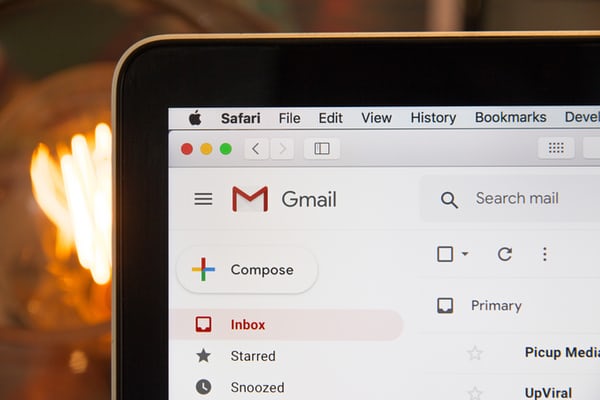
Despite all the discussion around phishing attacks, email remains one of the most popular and common social engineering attack vectors. Compromising business emails is one of the oldest and most lucrative techniques in a hacker’s toolbox. A common example is when a user receives an email that appears legitimate, usually comprised of a simple but urgent task, and before the user realizes, they have shared their sensitive data with an attacker, putting not only themselves but their organization at risk.
Standard phishing emails are normally sent in campaigns, which are made up of lists of email addresses to potential victims. The attackers cast a wide net in the hopes of catching a few unsuspecting users and collecting as much data from them as possible. However, the more dangerous emails are ones that stand a chance of passing through spam filters. Normally these emails will include a spoofed domain and be highly personalized for the target they intend to compromise, whether it be for a certain section of a business, or a single user. These spear-phishing scams are an example of phishing emails at their peak.
Even though social engineering attacks can be carried out over any medium, including the traditional methods like phone calls, dubbed vishing, or even the postal services, the vast majority prefer email. The simple reason being that everyone utilizes email, especially at the workplace, where checking emails is often the first thing a user does when arriving at work. This makes email the easiest, fastest, and most reliable method for hackers to start a social engineering campaign.
If email makes us so vulnerable to attackers, why stick with it?
Email is one of the oldest communication methods and has been around since the widespread adoption of internet usage among the general population. To this day, it is still one of the most effective ways for two or more people to communicate online. People prefer email interactions when sharing Information and files, especially amongst people that may be interacting for the first time. Whether it is a candidate applying for an internship or an IT service provider communicating with a potential client, email acts as a bridge between two entities to communicate.
If email continues to be utilized, phishing scams are likely to remain a problem. While spear-phishing campaigns are more advanced, other email-based attacks are not as modern and are still very successful. For instance, Locky ransomware was repeatedly sent to users with blank phishing emails containing only an attachment. Of course, most people were not fooled, however, the ransomware was still considered a successful attack simply due to the few people who did open it.
Even well-informed and careful users can end up clicking on malicious attachments. After all, we are all only human and sometimes we can make silly mistakes. But why is that? Education is not enough, anything that looks suspicious can lure people in. With each passing year, there has been a small increase in email attacks. This is mostly due to cyber criminals becoming more sophisticated; some attacks are even bypassing Google’s Gmail and Microsoft’s spam-prevention platforms and spreading to other email providers as well.
Typically spam and phishing messages get blocked by mail providers, however, due to the ever-increasing number of these attacks, some continue to get through into their target mailboxes despite these continuous efforts to block them.
Defending against email-based threats
Protecting your email communications begins with the right thought process towards security. What security policies should be defined and executed for both individual and organizational levels. Think about utilizing tools like email filtering which can include features like strict anti-phishing rules, user-based filter settings, and spam detection protocols. These solutions are designed to prevent email threats before they threaten network security and are typically defined at the organizational level.
Policies and tools are not enough to defend against email-based threats. At the individual level, an organization’s employees need to know how to recognize these types of attacks. They should also know to whom they should report a phishing attempt and be aware of an established procedure they should follow when falling victim.
Here are some tips to follow:
- Change passwords across devices
- Report and cut off access of the compromised email address
- Implement robust security measures to spot the damage, stop any further attacks, and secure the network
- Make use of multifactor authentication (MFA)
Emails continue to dominate the daily work routine of millions of employees and keeping it safe is an escalating challenge.
For more tips and updates, visit https://blog.excellimatrix.com/
You can also reach us out on Facebook, & LinkedIn or Contact us